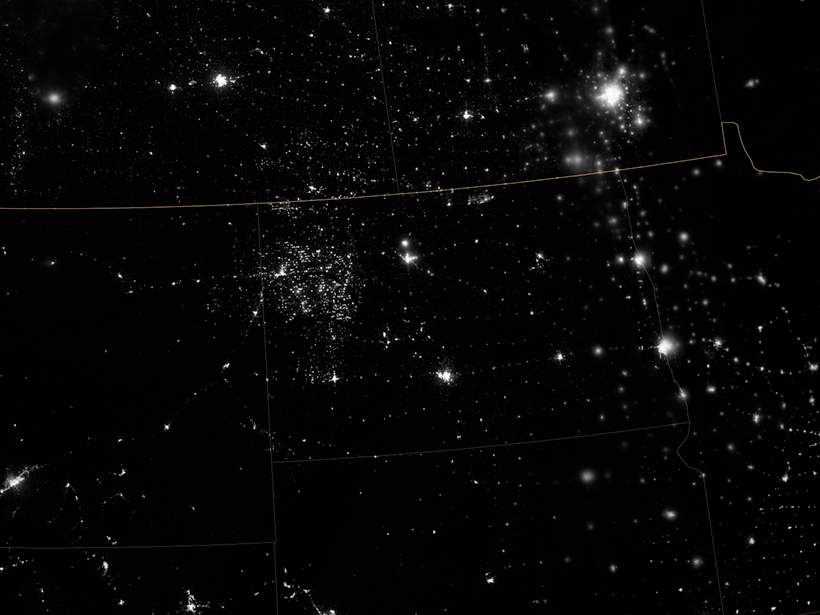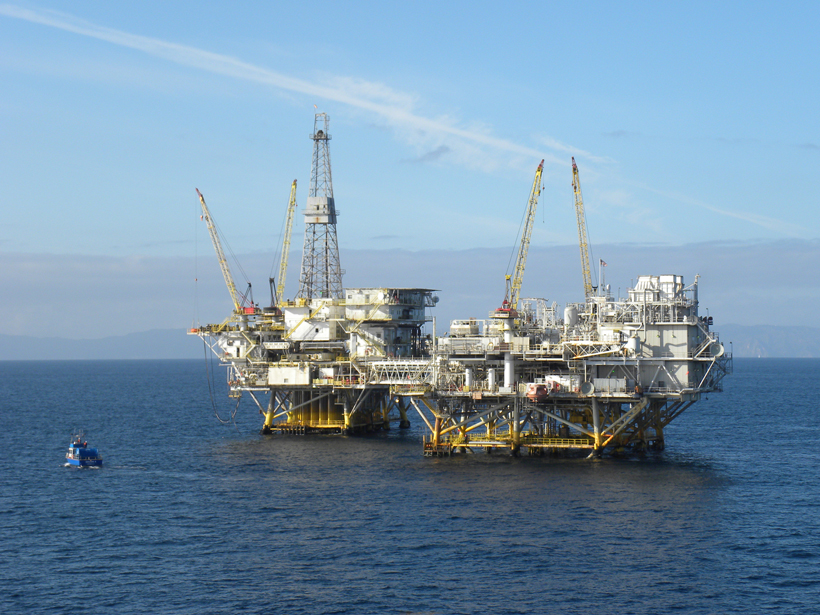High-volume fluid injection can cumulatively increase underground pore pressure and induce earthquakes in regions unexpectedly far from injection wells, recent Kansas studies show.
oil & gas
Oil Spill Response Knowledge Grows, but New Risks Emerge
Oil spill expert Nancy Kinner discusses lessons learned from Deepwater Horizon, dangers of aging infrastructure and atomized dispersants, and a Russian plan that imperils Arctic waters.
More Earthquakes May Be the Result of Fracking Than We Thought
Scientists show small earthquakes caused by fracking near Guy-Greenbrier, Ark., in 2010 that could have been early indicators of high stress levels on larger faults deeper underground.
Spills, Sediment, and Shoreline Contamination
A recent paper in Reviews of Geophysics describes the formation and behavior of oil-sediment residues in marine and coastal environments following an oil spill.
How to Trigger a Massive Earthquake
Humans may be to blame for California’s second-largest 20th century earthquake, and a team of seismologists has now proposed how that could have happened.
Proposed Bill Would Loosen Ocean Drilling Restrictions
The legislation would restrict the withdrawal of offshore areas from oil and gas development and overturn current planning processes.
Where and How Can We Find New Sources of Oil and Gas?
The editors of a new book on oil and gas exploration describe developments in methods for identifying oil and gas fields, and for making accurate predictions about their extractive potential.
ExxonMobil Adds Climate Expert to Its Board
The company has been criticized for its stance on climate change and initially opposed a shareholder proposal to include a climate expert on its board of directors.
River's Rise Linked to Oklahoma's Largest Earthquake
As human-induced earthquakes increase in frequency and magnitude, researchers race to uncover their effects on surface water and groundwater.
It’s Not Just Fracking: New Database of Human-Induced Quakes
In the largest compilation of anthropogenically induced earthquakes, causes range from building water reservoirs to mining.









